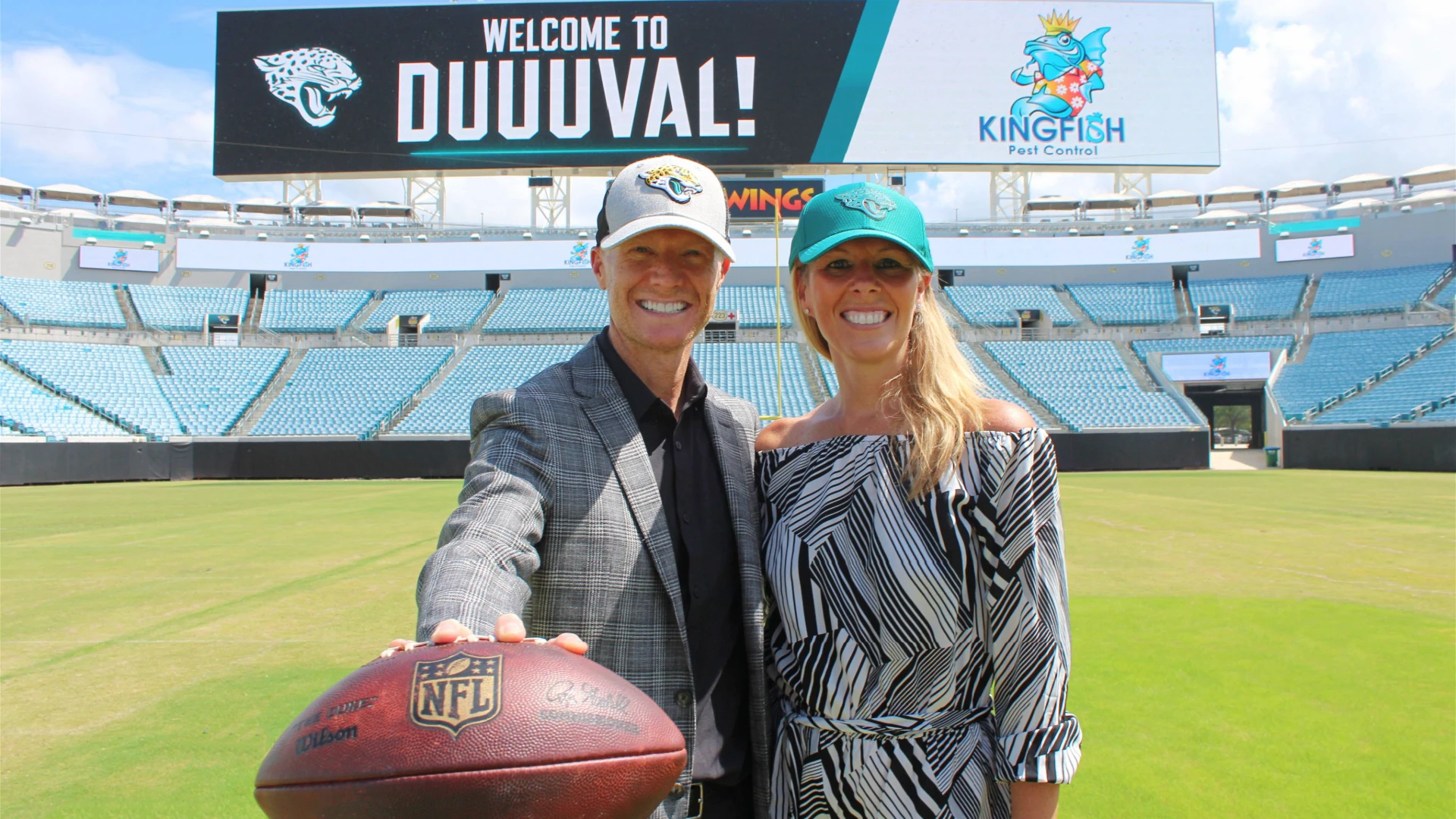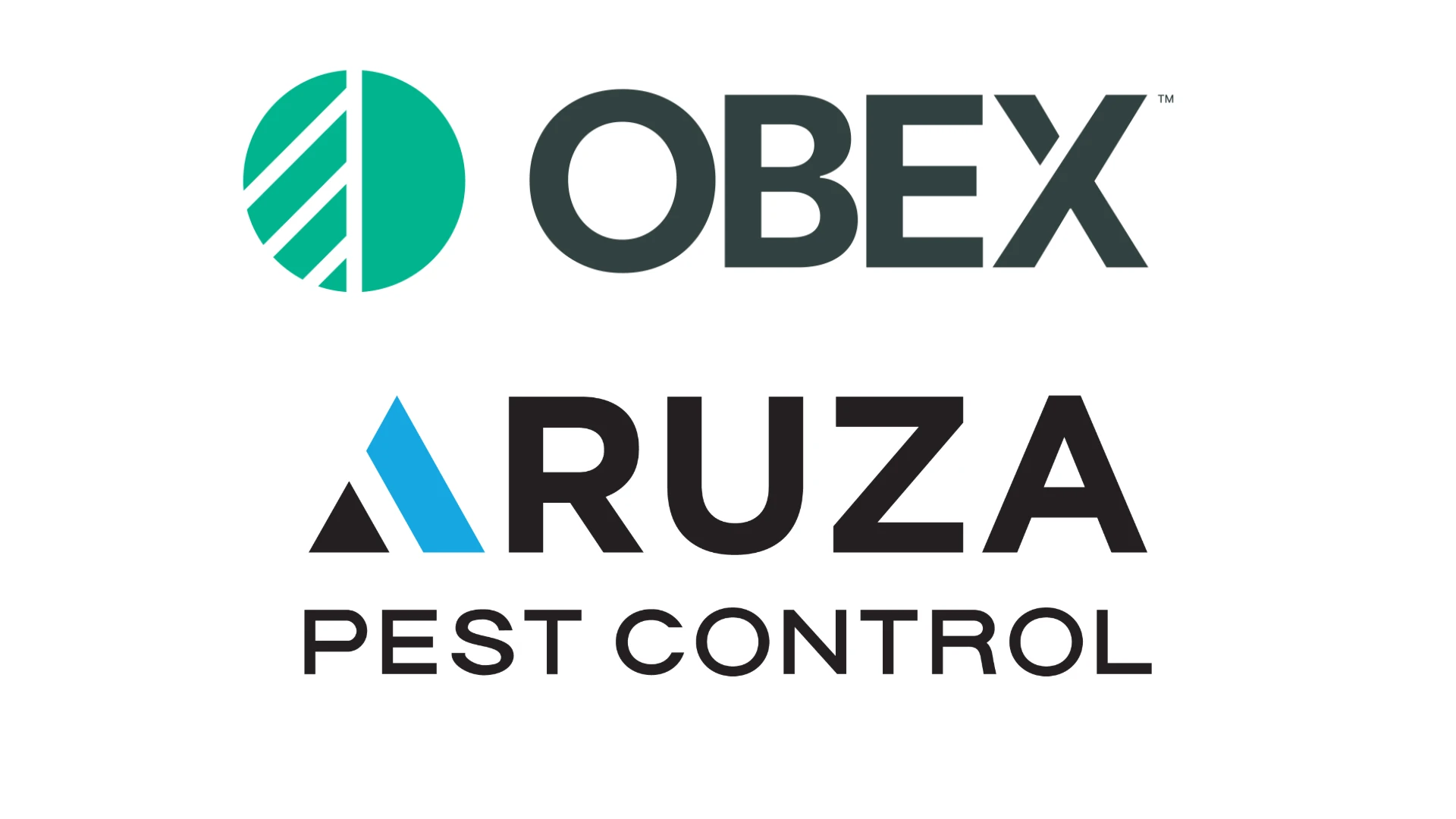When you’re the owner of a company, paying yourself isn’t always your first priority.
"It’s a matter of needs," said FarmerGuard Pest Control President Alan Farmer in Helena, Ala. Sometimes those needs are personal, sometimes they’re company based.
Finding the right balance can be a challenge. According to a PCT online survey from June 2009, 27 percent of respondents said they take a "trial and error" approach to paying themselves and are never sure what they’re going to take home in compensation each year.
How much? A single owner/operator doing all the work reaps all the financial benefits and can take home 75 to 80 percent of revenue, said CPA Dan Gordon, owner of PCO Bookkeepers in Newton, N.J.
As soon as you start adding employees, the percentage drops off significantly. "It’s difficult to make money as an owner in the $250,000 to $700,000 range," he said.
Care Management Consultants President Lloyd Smigel agreed. At this size company, pay often is tied to cash flow, not policy. Some owners take very little salary and profit, if any, at the end of the month. "They’re surviving on minimal (pay). Some of the employees are making more than they are."
"Total owner take" for a mature company should be 12 to 14 percent of revenue, said Gordon. That includes salary, a portion of net profit, and benefits like personal use of a vehicle, health insurance, retirement, and travel and entertainment.
Net profit can be taken as a distribution, dividend or additional compensation depending on the company’s tax structure.
The goal is to "get over the $1 million mark as fast as you can," said Gordon.
Jeff Springer, president of Springer Professional Home Services in Des Moines, agreed. "In ’93, when I hit $1 million in revenue, that’s when things started to open up." Based on what he’d learned working at other pest management firms, Springer based his salary on five percent of revenue, or $50,000.
Eventually the company grew to $10 million in revenue, and Springer sold off part of the organization. Today, it brings in about $5 million.
Springer still uses the five percent rule, drawing $250,000 a year, with bonuses and profit sharing awarded as the company can afford them.
This model applies to his branch managers, as well. He says proper compensation for a manager running a $2 million office is $100,000 year, as long as the branch is profitable, he said.
When a company reaches $10 million or more in revenue, owners may want to reduce their portion by awarding some net profit to good managers as bonuses, said Gordon.
The National Federation of Independent Business (NFIB) advised owners to base salary on a percentage of profit achieved over the previous two to three years, not projections.
Hours worked is another consideration. Owners may put in more or less than the average 2,000 hours worked by employees. "Don’t limit your salary because your per-hour earnings are more than key employees," said NFIB.
PCT’s survey found most owners average a 41- to 50-hour work week (32 percent), closely followed those working 51 to 60 hours a week (28 percent).
Whatever the method, "I think it’s really important as an owner to put yourself on a payment schedule, not just salary," said Gordon.
Should I Pay or Should I Grow? Grow, apparently. According to the PCT survey, 42 percent of owners said they "draw less than a fair market value salary so I can invest in my company to help it grow."
Springer recalled the early days of his firm. For the first three years, he took a total of $10,000 in earnings, reinvesting the rest in the company and relying on savings and his wife’s salary to carry personal finances.
Farmer started his business in June 2009 and likewise reinvested everything left at the end of the month until expenses dropped off. He now pays himself a small salary and sometimes — if his needs outweigh the company’s — a portion of profit left after paying monthly bills.
One of the reasons many owners can’t grow their organizations to the $1 million mark is they’re forced to make a living, said Springer. "It’s a juggling act between proper growth, proper marketing and being able to draw a decent wage."
Rottler Pest & Lawn Solutions President Mike Rottler recalled when his St. Louis company was growing 15 to 35 percent a year. "When you’re doing that, it’s hard to get money out of the company because the company requires every bit of cash and then some."
Money is needed for training, marketing, infrastructure and hiring the right management team. In fact, companies with $2.5 to $5 million in revenue spend a higher percentage on wages than companies larger and smaller, according the 2010 National Pest Management Association Operating Ratio Survey. "You’re trying to build a management team and that’s expensive," said Rottler.
In the early years, "there were times when we didn’t get paid but our employees did," he added.
Mike and brother / business partner Gary Rottler kept their salaries low and received quarterly distributions equal to about 60 percent of their wages. If cash was tight, they didn’t get the distributions.
Thirty percent of owners defer salaries during lean times and repay themselves when business picks up, said respondents to the PCT survey.
Still in start-up mode, Farmer is building new routes to near capacity in order to hire more technicians and is working toward paying himself at a branch manager level.
"As I grow with the company and as the company grows itself, I’ll take on larger roles" and be compensated accordingly, he said.
Farmer’s doing it all debt-free. This restricts how fast the business and his compensation can grow, but remains an important part of his business philosophy.
Just don’t make the mistake of doing without compensation, advised Gordon. "You have to give yourself a salary a human being can live on and that won’t cause outside stresses from your family."
Plan for Pay. Not every owner takes a minimal salary by choice, said Smigel, author of the book "Bug People to Business People." Many mom-and-pop operations "don’t have a lot of definition" when it comes to job descriptions, organizational charts, personnel tracking systems, workplace manuals, or "how they’re going to get paid." Their compensation strategy is "all over the place."
Farmer relied on his corporate experience to define job functions and compensation ranges for technicians, and branch and sales managers well before employees came on board.
Springer had "an idea where I wanted to end up at and what it was going to take to get there" when he started his business in 1989. His goal was to grow the company, and that dictated his compensation.
Gordon suggested adding yourself as a line item in the expense column, just like rent.
Increasing your compensation boils down to boosting revenue and sales, spending wisely and avoiding mistakes, liking hiring the wrong people, said Smigel. "What’s your plan and how are you going to do that?"
*****
How Does Your Pay Compare?
Sixty-five percent of PMPs believe they make a fair salary, but more than half thought they’d be making more when they started their companies, according to a June 2009 online survey by PCT. So how do PMPs’ cash compensation plans compare to those of small business owners nationwide?
(One note: Owners on the West and East coasts generally pay themselves more than owners in the Midwest and South, said the National Federation of Independent Business.)
According to Payscale.com, total pay for a small business owner/operator as of Sept. 13, ranged from $39,540 to $101,354. That might include salary ($38,963 to $96,865), bonus ($1,494 to $19,019), profit sharing ($5,087 to $40,511) or commission ($4,949 to $38,341).
Salary.com’s most recent Small Business Executive Compensation survey reported an owner’s average total cash compensation (salary plus short term variable cash incentives like profit sharing or bonuses) at a company with 25 employees or fewer was $200,000. This jumped to $240,000 at companies with 26 to 50 employees, and increased at a smaller increment to $271,000 at firms with 51 to 75 employees.
From a revenue perspective, owners of companies with earnings of less than $5 million received an average total cash compensation of $224,000. This dropped to $200,000 at companies with revenue of $5 million to $10 million. "It’s interesting that you had a drop in pay when the revenue went up," said Salary.com Strategic Client Relationship Executive Athar Siddiqee. Owners of firms with revenue of $10 to $15 million made $255,100. "We tend to see salaries taper off once you get to the $15 million range."
Roughly translated, owners make five percent of revenue at companies under $5 million, three percent at firms $10 to $15 million, and two to three percent at companies with revenue of $15 million-plus, said Siddiqee. "We don’t tend to see salaries skyrocket when the company takes off," said Siddiqee. He attributed that to owners re-investing in their companies.
*****
Compensation Changes. As companies — and their owners — mature, compensation likewise evolves.
The Rottlers recently increased their salaries. The company’s been more profitable and they’re "at a point in our lives where we need more money," said Mike Rottler. At 51 (Mike) and 49 (Gary) years of age, it’s time to start "putting away some money for ourselves."
Owner compensation "changes as you progress throughout your life" and your "needs are more significant," like having children in college, he explained.
Many owners continue to pour money back into the business. "Most guys who make a lot of money in this industry put it back into their business to keep it growing," said Gordon.
Though Rottler plans to be more aggressive taking money out of the company in the next 10 years, he still has the desire to grow the business. Part of that is ego, he said, but the other reason is talented people will leave if they don’t see growth and opportunity. "My plan is to compensate myself consistently but in a reasonable fashion."
In looking ahead to retirement, Rottler sees a lot of possibilities. Selling some real estate purchased by the business could provide funding. So could a buy-out plan with his and Gary’s children, selling the firm, or hiring a professional manager to run it. "My goal is to keep those options open, to run the company in a way that all those remain viable options."
*****
New Wage & Benefits Data
Available at NPMA PestWorld
Attending PestWorld this month? If so, you can be one of the first to examine results of the National Pest Management Association’s new Nationwide Wage and Benefits Survey.
The 2010 report covers pay increases, plans and rates; holiday practices, vacations and paid time off; and insurance plans, among other topics.
Data and insights gleaned from the survey can help pest management professionals better manage compensation and benefit planning, motivate their workforce, retain top talent and hold down expenses while continuing to stay competitive, said NPMA. The association’s last wage and benefit survey was conducted in 2007.
For more information, contact NPMA at 703/352-6762 or e-mail npma@pestworld.org.
*****
Consult with Experts. To avoid running afoul of IRS guidelines, NFIB advised consulting with your accountant, lenders and directors to determine a fair and reasonable salary.
Rottler suggested working with an accountant who "understands business owners’ mindsets." When his company shifted from mom doing the books to working with a professional accountant, he felt fortunate to find "somebody who understood our requirements, who could manage cash well." A relationship with the right accountant is "a valuable one."
The author is a frequent contributor to PCT magazine. She can be reached at anagro@giemedia.com.

Explore the October 2010 Issue
Check out more from this issue and find your next story to read.
Latest from Pest Control Technology
- Veseris Expands in Turf & Ornamental and Pool Supply with Acquisition
- Pest Authority, Mosquito Authority Celebrate All-Star Franchisees
- Ka Tsu Joins Avoca.ai
- Envu's Suite of Pest Management Solutions
- In Memoriam: Tom Moore
- 2024 Crown Leadership Award Winner Kathy Heinsohn
- OPMA Shares Officer Inductions, PWIPM Chapter Updates from Winter Meeting
- Inside Out





